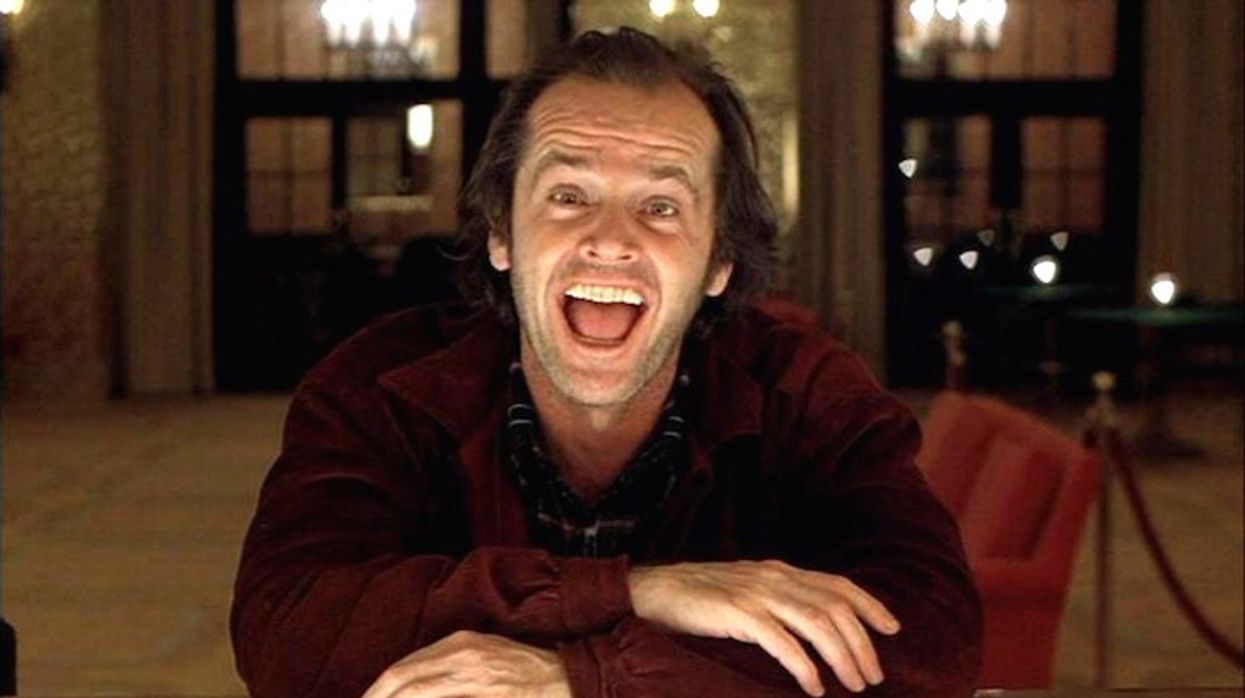Watch: How to Make Your Actors Angry, Like Jack Nicholson
It's not the anger that makes the actor—it's what's boiling underneath.

On the No Film School boards, we'll often get questions about how to deal with actors who aren't providing directors with the type of emotional depth they require for a scene. Judging from the comments, it seems the go-to resolution for many of these scenarios is doing "line-readings," but even the directors proposing this are hesitant. The thing is, if you're hesitant about giving line-readings, it's probably right—but for the wrong reason.
The hesitation shouldn't come from worrying about hurting your actor's feelings. As a director, what you should really worry about is whether or not your actors have been doing their homework. Of course, we don't mean whether or not they've learned their lines—lines are inconsequential in this matter, and that is why line readings don't work.
Instead, directors should make sure actors understand the circumstances that their character has gone through in order to get to the emotional point represented in your scene. You should be asking your actor questions about how they've reached that point in their journey. For example, if their character is angry, what are the psychological steps that drove them to this place of fury?
Let's take a look at Jack Nicholson. Here is an example of an actor who understands and exhibits polyphonic emotion; we can literally trace the deeper emotion that has resulted in the outburst of anger he portrays. Not only does Nicholson possess emotional range in a general sense, but he has an enormous amount of range within each separate emotion.
Take a look at the variety of different ways Nicholson conveys and uses anger in his work in the below video from Nerdwriter:
Nicholson is so good at portraying anger because he understands that it is nothing more than an emotional response to a given situation. In turn, it's the circumstances that cause the emotional response. The challenge for an actor playing anger is that you’re not just playing anger—you’re playing what's under it.
Many emotions can underlie anger, including fear, sadness, and loneliness, and different types of anger will arise from different underlying emotions. Sometimes, Nicholson's anger is comedic; sometimes cartoonish; sometimes quiet; sometimes misplaced; other times, wounded. But it all stems from somewhere.
As Nerdwriter explains in the above video, "Most anger isn’t psychotic; it's only a thin veneer for what’s brewing below and you have to be able to turn up the volume while preserving traces of the deeper motivation. That’s what Nicholson excels at."

In many of Nicholson's films, it seems as if anger is possessing his body like a spirit. Anger leads to aggression that his characters need to keep in check, lest they take an ax to the wife or kid. Nearly everyone can agree that Nicholson has mastered the craft.
But when we throw around the term "the craft," what we really mean is the craftingof circumstances that put the actor in the position to act out an emotion when it is called for in a scene. Anger, especially, is a great example of this because it often comes in the form of a release—a discharge of pent-up feelings that have been generating throughout the action of the film. For the actor, the next step lies in finding the gestures and forms of release that are unique to this particular character’s brand of anger. As always, it has to arise from the character’s personality.











